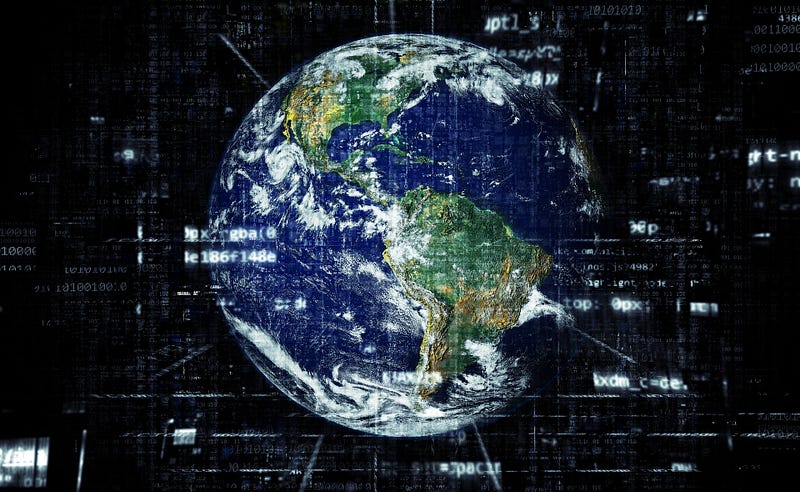A New Ozone Hole Emerges: A Threat to Our Planet
Written on
Chapter 1: Understanding the Ozone Hole
A newly identified ozone hole has been discovered, reportedly up to seven times larger than the one situated above Antarctica. This recent finding poses a serious threat to nearly half of the global population.

Ozone holes refer to substantial losses of ozone within the Earth's stratosphere. Ozone, a triatomic form of oxygen (O3), acts as a crucial barrier against harmful ultraviolet (UV) radiation from the sun. The absence of sufficient ozone can elevate the risk of skin cancers and cataracts, among other health issues. If the ozone layer were entirely depleted, it's likely that advanced life forms on Earth would not survive.
The issue of ozone depletion gained attention when the use of chlorofluorocarbons (CFCs) became prevalent. These compounds, widely utilized in air conditioning, aerosol sprays, and various industrial applications, have an extended lifespan in the atmosphere, remaining intact for over a century. Research from the 1970s indicated that CFCs significantly contributed to ozone layer degradation, leading to the formation of the first documented ozone hole above the South Pole.
In response, international agreements were established in 1985 and 1987, aiming to curtail the release of ozone-depleting substances. This initiative has been largely successful, with a noted reduction of over 90% in the production of these harmful compounds. However, the United Nations estimates that it may take until 2060 for the ozone layer to completely recover.

Chapter 2: The Discovery of a New Ozone Hole
Recent research by Professor Quing-Bin Lu from the University of Waterloo in Canada reveals the existence of a significant ozone hole over tropical regions, which has likely been present for over 30 years. Unlike the seasonal ozone hole over Antarctica, this new hole persists nearly year-round and is estimated to be seven times larger.
The discovery was published in the scientific journal AIP Advances, highlighting the potential for increased UV radiation exposure as a result of this tropical ozone depletion. Professor Lu emphasizes that the tropics cover about half of the Earth's surface and host roughly 50% of the global population, making this a critical issue for human health and the environment.

Section 2.1: Uncovering the Mystery
The question arises: how has such a significant ozone hole gone unnoticed for three decades? Professor Lu argues that the steady nature of this hole throughout the year may have made it difficult to detect, as previous models did not account for such a phenomenon. His findings indicate that ozone levels within the center of the new hole are about 80% lower than in areas with a healthy ozone layer, mirroring levels found in polar regions.
He suggests that cosmic radiation may play a more substantial role in the formation of ozone holes than previously understood, warranting further investigation into the potential future impacts of this phenomenon.
The second video titled "2020 Weather Patterns Push Antarctic Ozone Hole to 12th-Largest on Record" delves into how recent weather changes have influenced the size and impact of ozone depletion over Antarctica.
As we continue to learn more about ozone depletion, it is imperative to remain vigilant and proactive in addressing this environmental challenge.
Thank you for reading! If you found this information valuable, please show your support and consider following for more updates.